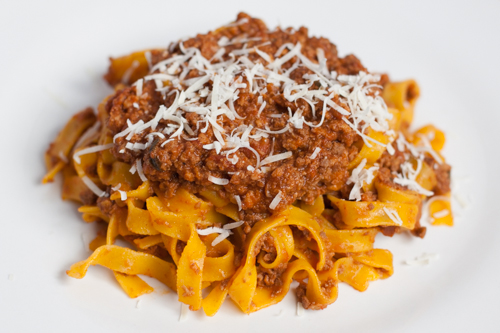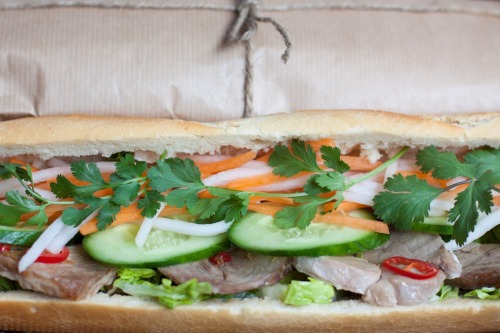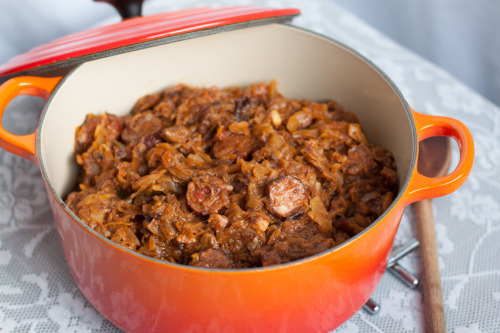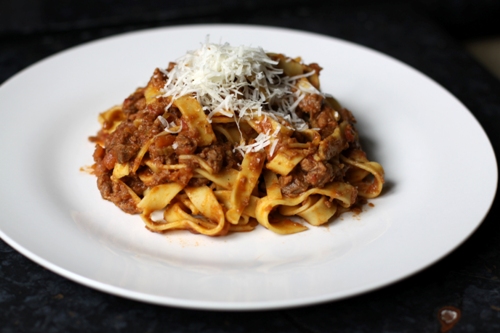Pozole Rojo
 Sunday, December 17, 2017 at 10:26AM
Sunday, December 17, 2017 at 10:26AM 
This recipe first appeared on the Borough Market website as part of a 3 part series I am writing exploring lesser-known religious traditions in December from around the world.
This spicy soup with hominy and slow-cooked pork shoulder is a party favourite in Mexico. It is often served at Las Posadas festivities, celebrated from 16th to 24th December. However, the religious significance of the dish precedes this Christian festival. Corn was a sacred plant for the Aztecs, so they cooked pozole to mark special occasions.
It is a great party main because it is easy to make in large batches (this recipe serves about 8-10 people) and there are lots of garnishes that guests can add to customise their bowl of soup.






